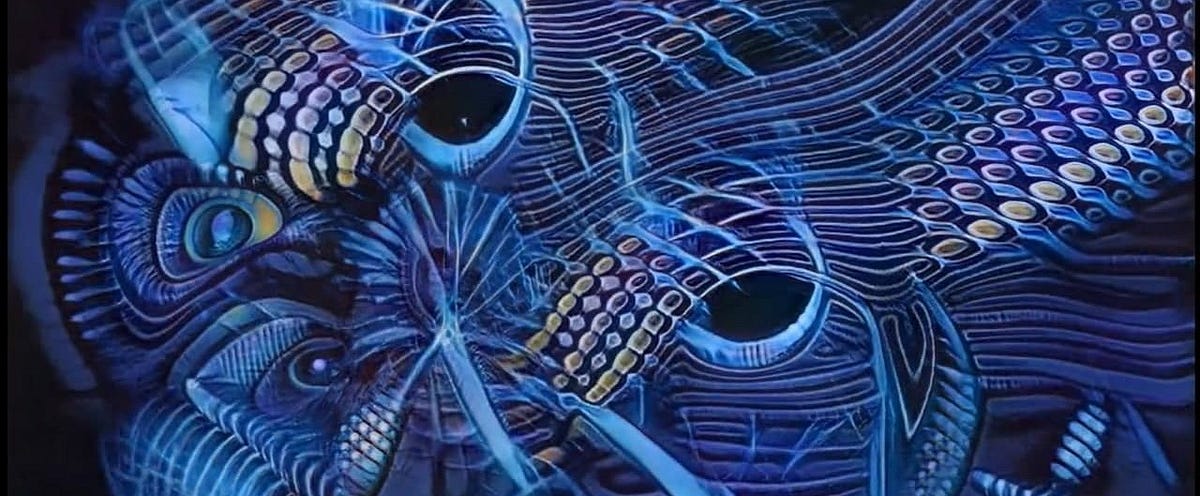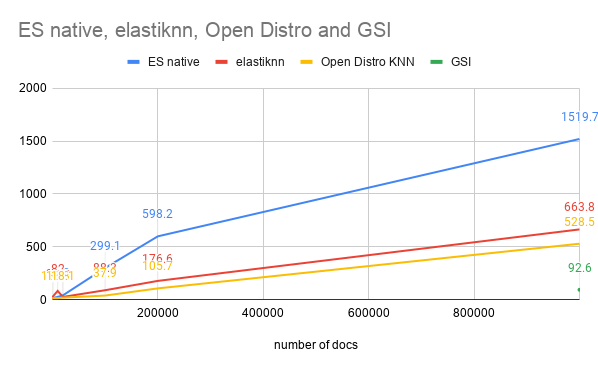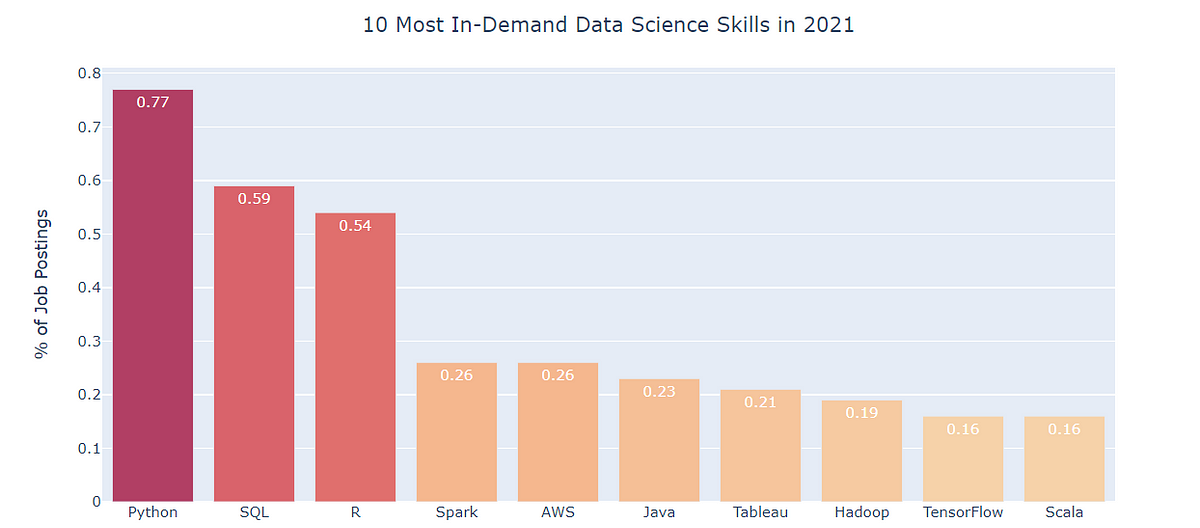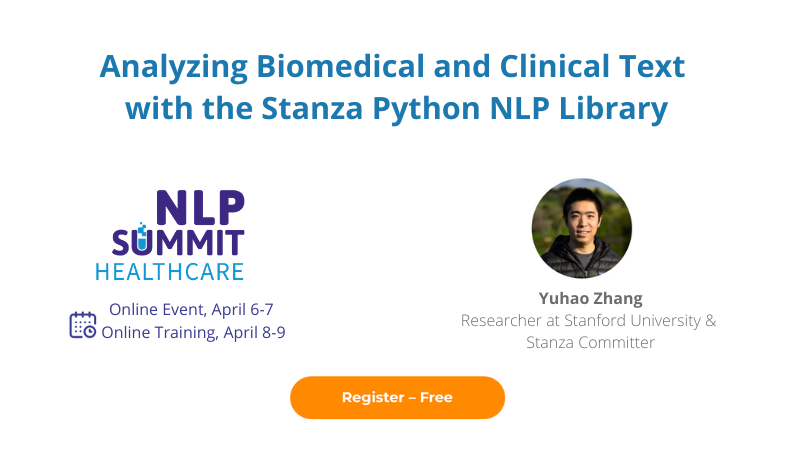 By Medium -
2020-12-08
By Medium -
2020-12-08
As you know, data science, and more specifically machine learning, is very much en vogue now, so guess what? I decided to enroll in a MOOC to become fluent in data science. But when you start with a…
 By Google Cloud Blog -
2021-03-12
By Google Cloud Blog -
2021-03-12
Among the best ways to prevent data loss are to modify, delete, or never collect the data in the first place.
 By Medium -
2020-07-25
By Medium -
2020-07-25
A Visual Guide to Learning Data Science
 By Joe Davison Blog -
2020-05-29
By Joe Davison Blog -
2020-05-29
State-of-the-art NLP models for text classification without annotated data
 By Medium -
2020-12-01
By Medium -
2020-12-01
If I learned anything from working as a data engineer, it is that practically any data pipeline fails at some point. Broken connection, broken dependencies, data arriving too late, or some external…
 By Medium -
2021-03-07
By Medium -
2021-03-07
This is a tough metaphor for me to use as a proud cat parent, but the sentiment has never been more accurate when it comes to data in the 21st century. While it’s true that you can solve most of your…




















